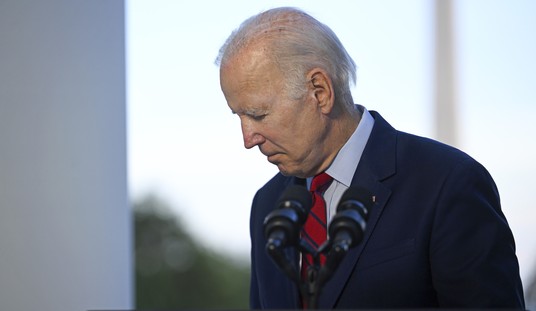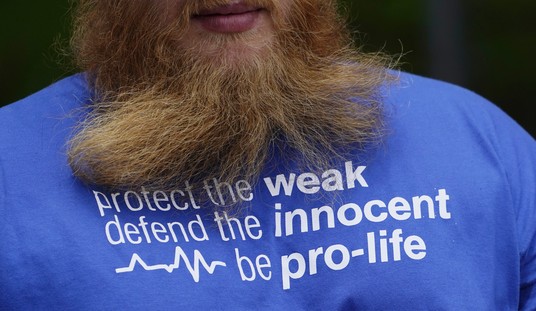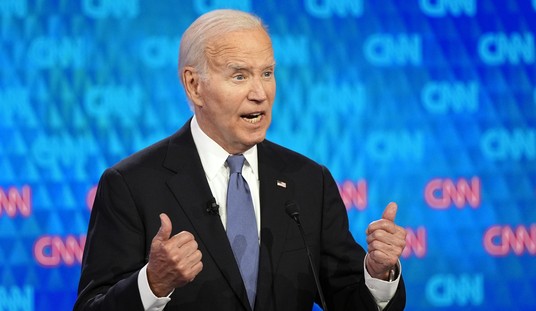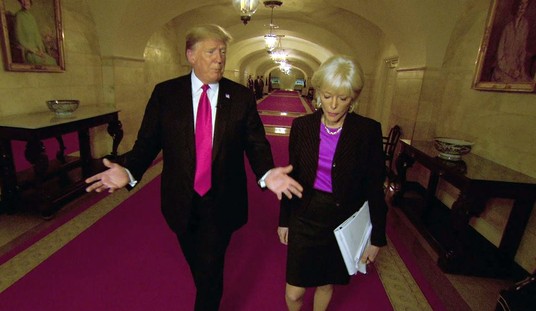Arizona Snowbowl is an alpine ski area, seven miles north of Flagstaff, which occupies 777 acres on Humphrey’s Peak, amid the San Francisco Peaks in the Coconino National Forest. Organized skiing has existed there since 1938; ski lifts were built in 1958 and 1962. In July 1977, Arizona Snowbowl proposed more parking and ski slopes, new lodge facilities, and additional ski lifts, which the U.S. Forest Service authorized in December 1980. American Indian religious practitioners sued, arguing that use of “sacred” land violated the Free Exercise Clause, which bars government action that burdens religious beliefs or practices, unless it serves a compelling governmental interest that cannot be achieved otherwise. In May 1983, the U.S. Court of Appeals for the District of Columbia rejected that claim: “Many government actions may offend religious believers, and may cast doubt upon the veracity of religious beliefs, but unless such actions penalize faith, they do not burden religion.”
Although the Arizona Snowbowl case did not reach the Supreme Court, a challenge by American Indian religious practitioners to a Forest Service timber-harvesting and road-building plan in California did. In April 1988, Justice O’Connor, for the 5-3 majority, wrote, “Nothing . . . would distinguish this case from another lawsuit in which they (or similarly situated religious objectors) might seek to exclude all human activity but their own from sacred areas of the public lands. . . . Whatever rights the Indians may have to the use of the area, however, those rights do not divest the Government of its right to use what is, after all, its land.”
Nonetheless, land managers, citing Clinton’s 1996 “Indian Sacred Sites” Executive Order, “exclude[d] all human activity” from “sacred areas of the public lands” at Devils Tower National Monument and in the Bighorn National Forest in Wyoming, in the Lewis and Clark National Forest in Montana, at Rainbow Bridge National Monument in Utah, and in the Plumas National Forest in California. Constitutional challenges by non-Indians were dismissed. In September 2004, the U.S. Court of Appeals for the Ninth Circuit held that Arizona’s bar on using gravel from “sacred” private property was not unconstitutional because American Indian religion and culture are intertwined. In August 2007, the Ninth Circuit, relying on the Arizona case, upheld the Forest Service’s ban on climbing at “sacred” Cave Rock at Lake Tahoe.
Recommended
Meanwhile, in September 2002, to ensure its economic viability, Arizona Snowbowl proposed to make artificial snow with reclaimed water purchased from Flagstaff. When the Forest Service approved that proposal in June 2005, American Indian religious practitioners sued under the Religious Freedom Restoration Act (RFRA), enacted in 1993 to strengthen judicial review of government acts affecting religion. Although the Supreme Court ruled the RFRA unconstitutional as to States, it arguably remains applicable to federal actions. An Arizona federal district court rejected the claim; however, a Ninth Circuit panel held the plan tantamount to a government edict that Christian “baptisms be carried out with ‘reclaimed water.’” In December 2007, the Ninth Circuit reheard the case en banc.
In August 2008, by 8-3, the Ninth Circuit, relying on the Supreme Court’s 1988 ruling, reversed the panel’s decision, rejected the RFRA claim, and held that "[G]iving one religious sect a veto over the use of public park land would deprive others of the right to use what is, by definition, land that belongs to everyone." Left undecided was an issue federal lawyers, for unknown reasons, had failed to raise: whether the RFRA applies at all to federal land.
American Indian religious practitioners vow an appeal to the Supreme Court. Unless they are successful there, they may use neither the Free Exercise Clause nor the RFRA as a sword to close “sacred” federal land to the public. Undecided is whether they may use either as a shield to defend against claims by non-Indians that managing the government’s land according to the demands of “religious objectors” violates the Establishment Clause.

























Join the conversation as a VIP Member